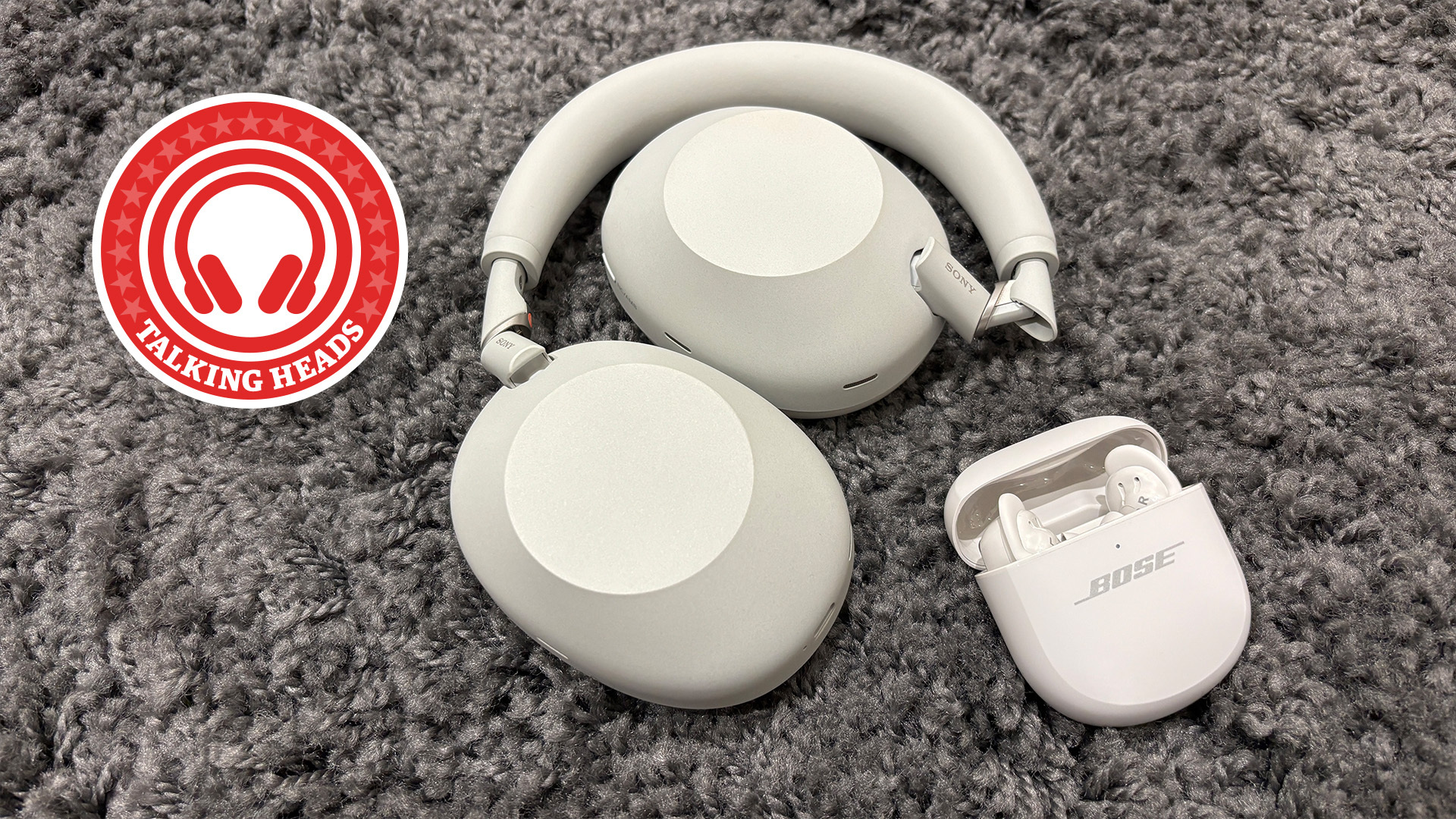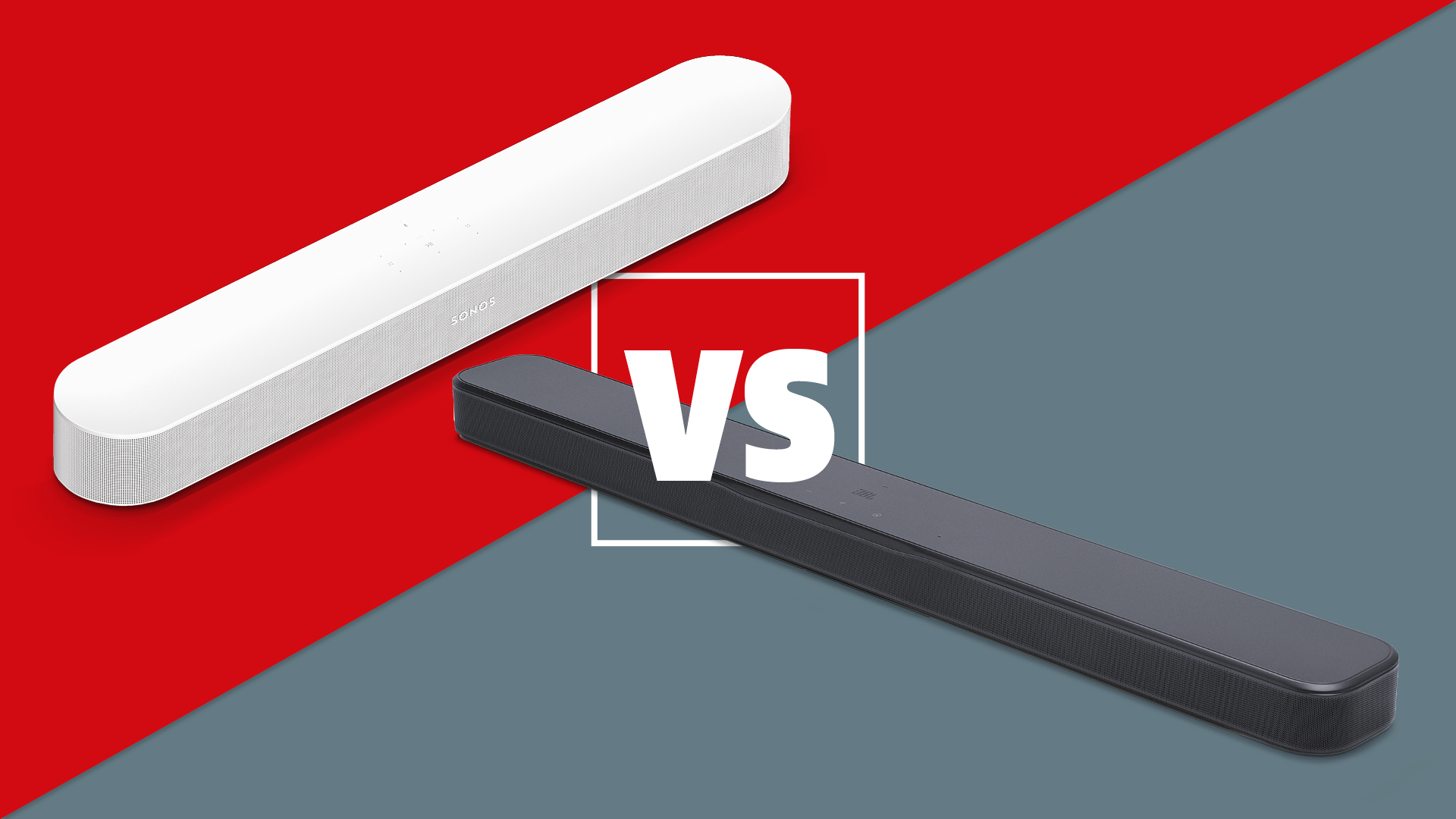I think we’ve reached peak wireless headphones – where do we go now?
Is it time for someone or something to shake up the market?

Over the last couple of weeks, I’ve been spending time with two pairs of what I would describe as premium, yet mainstream, wireless headphones: the Sony WH-1000XM6 over-ears, which launched back in May, and the more recently announced Bose QuietComfort Ultra Earbuds (2nd Gen) buds.
We’ve tested both pairs and given each a glowing five-star review. But having seen the evolution of these models as they’ve passed through our test rooms, I’m beginning to wonder if we might have reached peak wireless headphones.

I’m using Sony and Bose as my two key examples, but it really applies to any headphone manufacturer who has been in the game a while. New headphones are increasingly becoming tweaked versions of what has come before.
Now that’s not a bad thing, especially if the tweaks add up to improvements in performance, which is exactly what we’ve seen with the Sony and Bose models mentioned above.
In Sony’s case, yes, there was a decent-sized design change, but to all intents and purposes, they simply repackaged a previous design and blended it with a slightly more modern aesthetic, while also tweaking audio performance.
Bose has done even less for its new QC model. The design is virtually identical, the driver used is identical, as are all the features.
To its credit, Bose has made tweaks, presumably to the DSP, to improve sound quality while it has also improved their ANC prowess and call quality.
The latest hi-fi, home cinema and tech news, reviews, buying advice and deals, direct to your inbox.
But I don’t blame them. This isn’t a criticism. But has this market now gone as far as it can?
How are manufacturers going to continue to get people to upgrade from their two-year-old wireless headphones to a brand new pair if all they’re doing is a tweak here and there between iterations?

So, my question is, where does the category go from here?
Does it need a new manufacturer to arrive on the scene and shake things up a bit? I caught a glimpse of our review sample of the Nothing Headphone (1) at What Hi-Fi? Towers and their transparent design had me raising an eyebrow.
Interestingly, for its first pair of over-ear headphones' sound tuning, Nothing has teamed up with KEF, a hi-fi manufacturer that has dabbled in the world of wireless headphones before but never set it alight. Could this kind of brand partnership be the next big thing?
It’s not exactly a new concept, and, historically, results have been a bit mixed, so I’m not sure this is the route to go down. It does make sense for a brand like Nothing, though, whose experience in this field is quite limited.

Will it be a new feature that turns our heads? Sonos never did release that rumoured pair of Wi-Fi headphones.
Instead, we had to settle for the average-sounding Sonos Ace over-ears, although they do boast two neat features: being able to switch from your Sonos soundbar to the headphones seamlessly and their TrueCinema calibration, which claims to give you a more immersive experience through the headphones by taking into account your room’s own acoustics.
Let’s revisit Wi-Fi headphones. Well, this could certainly open up the door to better sound quality, but to keep things convenient, what wireless headphones really need, in my opinion, is a new technology to replace Bluetooth that can be integrated across source components and headphones so everyone can take advantage.
You might not know, but there’s already a pair of Wi-Fi-enabled wireless to the market in the shape of the Xiaomi Buds 5 Pro.
They come in a version that uses Qualcomm's Expanded Personal Area Network (XPAN) to deliver 24-bit/96kHz lossless audio at a bandwidth of up to 4.2Mbps. That's more than double the bandwidth of Bluetooth 5, but there is a catch: they only work with the Xiaomi 15 and 15 Ultra smartphones.

I don’t really want to go down the old route of needing to use the same brand for smartphone and headphones so hopefully a new codec could lead the way. Something scalable like the SCL6 codec which was developed by the minds behind MQA could be the best way of giving wireless audio in general a real shot in the arm.
That technology is now owned by Lenbrook, parent company of NAD Electronics, PSB Speakers, Bluesound and the BluOS multiroom platform. It has been rebranded as rebranded Airia, and to me, it feels more likely that this tech, if/when it’s deployed, will stay amongst those brands, for now at least.
So what do I want to see in the wireless headphones market?
For me, all roads lead back to a transmission technology that’s higher quality than Bluetooth. Ideally, something that supports full-fat hi-res at the required data rates.
The audio quality delivered by today’s best wireless headphones is spectacular – imagine how they would sound with proper hi-res audio flowing through their veins?
Tied in to this is the fact that we are seeing an increasing number of even more premium wireless headphones hit the market.
If you’re willing to spend the best part of £1000/$1000 on a pair like the Focal Bathys MG we currently have in for testing, you should be able to feed them higher quality wireless audio than aptX Adaptive, which you still need a compatible source to take advantage of.
It feels like we are doing them a disservice by limiting the quality of what you can enjoy through them.
MORE:
Nothing's first over-ear headphones are tuned by KEF and tease stunning battery life
Our pick of the best wireless headphones for every budget
My dream pair of wireless earbuds combines the best bits of Apple, Bose, Bowers & Wilkins and Sony
Andy is Deputy Editor of What Hi-Fi? and a consumer electronics journalist with nearly 20 years of experience writing news, reviews and features. Over the years he's also contributed to a number of other outlets, including The Sunday Times, the BBC, Stuff, and BA High Life Magazine. Premium wireless earbuds are his passion but he's also keen on car tech and in-car audio systems and can often be found cruising the countryside testing the latest set-ups. In his spare time Andy is a keen golfer and gamer.
You must confirm your public display name before commenting
Please logout and then login again, you will then be prompted to enter your display name.

